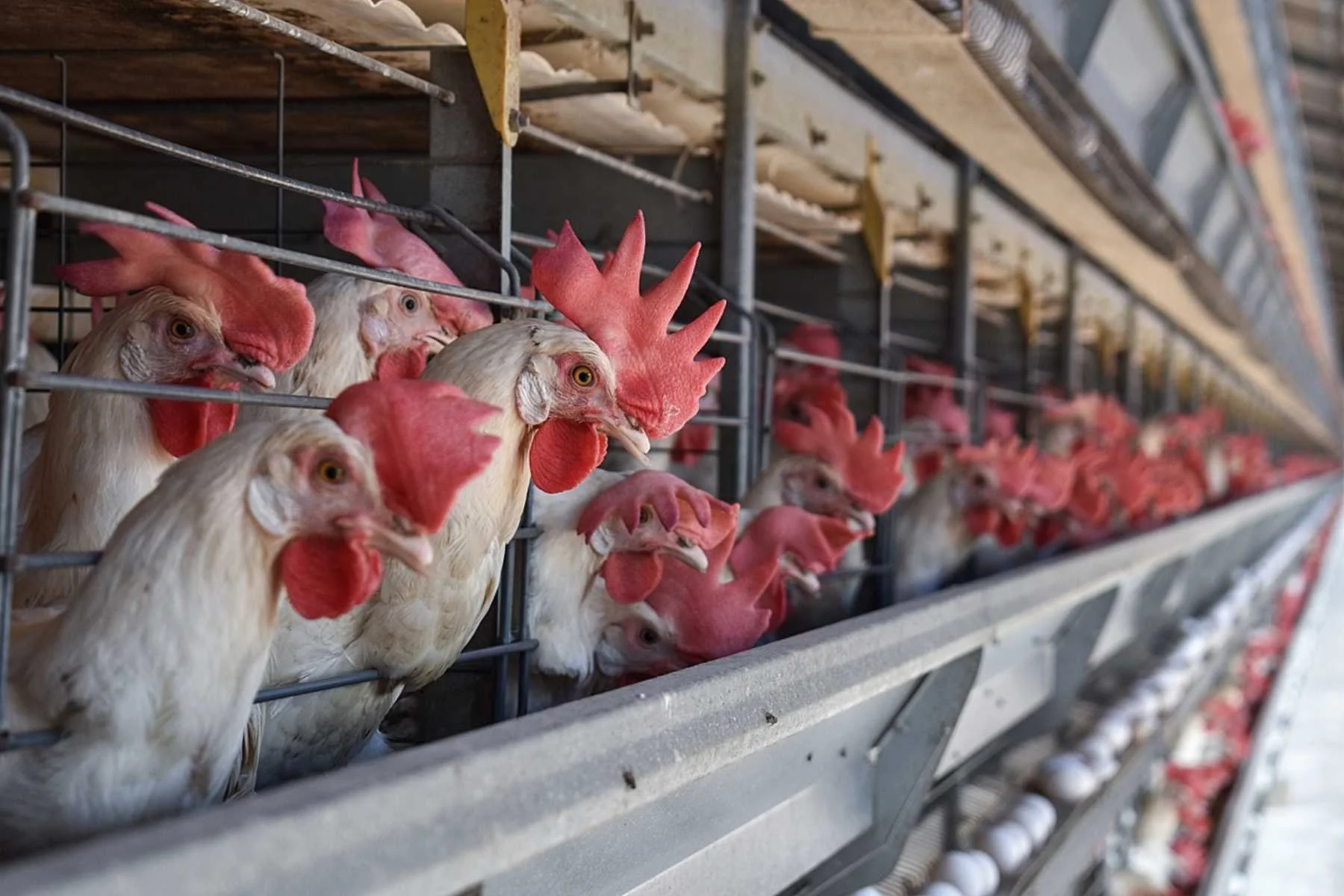Huge Multibillion-Dollar Airport Planned for Antarctica
The controversial project is estimated to use 125,000 tons of concrete and will increase the human footprint in one of the world’s last great areas of wilderness by 40%.
Plans for an unprecedented new airport and runway in Antarctica have been unveiled by the Australian government, to the dismay of wildlife experts and scientists.
The building work is set to be the continent’s largest infrastructure project and is estimated by scientists to add a whopping 40% to the infrastructure that already exists on the continent.
Construction is expected to encase a stretch of wilderness in the region in more than 125,000 tons of concrete, reports The Guardian. And unlike other airstrips in the region that use ice and gravel runways, Australia’s planned airstrip will build a huge, permanent cement structure on top of the landscape.
Wildlife will likely be disrupted and even perish under the plans, including breeding colonies of southern giant petrels, Adélie penguins, and seals. Such animals are highly susceptible to human disruption: a low-flying plane delivering a lone mail drop in the 1980s led to a stampede at a king penguin colony that resulted in around 7,000 deaths.
The Australian government who are behind the controversial project, says the airport will allow year-round access for its scientists to visit a southerly base called the Davis research station. But critics of the plans dismiss the government’s move as “flag-waving” rather than in the name of advancing science.
“It’s unprecedented in the Antarctic in terms of the scale of investment and the impact on the environment. Although it is being done in the name of science, very few scientists are enthusiastic. This is more about flag-waving. It is about firming up Australia’s presence and our claim,” Shaun Brooks, an environmental scientist at the Institute of Marine and Antarctic Studies of the University at Tasmania told The Guardian.
And Australia’s move could set a dangerous precedent for the continent, with China and Russia already both reportedly aiming to upgrade their current bases. “I think [Australia] putting up this big flag will encourage others to do something similar,” Brooks warned.
More stories:
Species Unite
A collection of stories of those who fight the good fight on behalf of animals.




Leather, wool, feathers: even if they were by-products, would that make a difference?